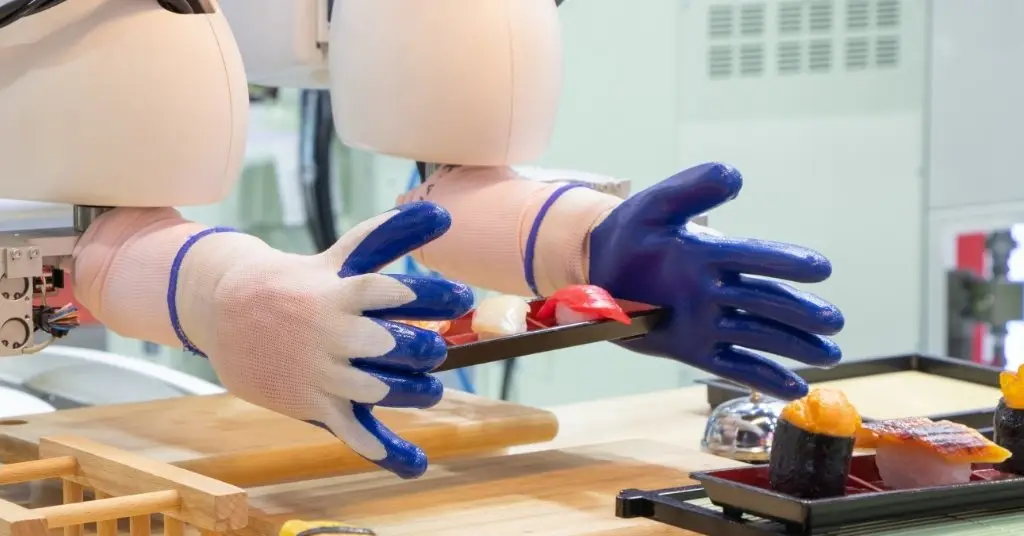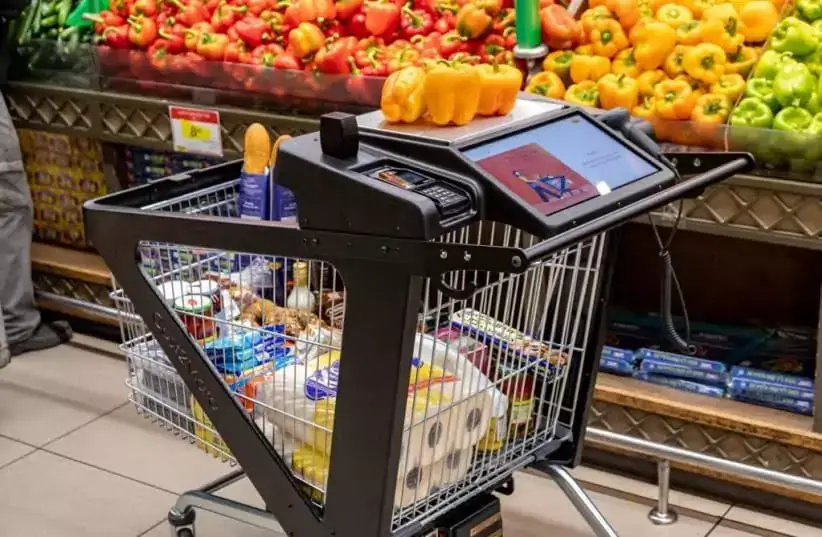U.S. restaurant operators are turning to AI-powered technologies and automation to stay profitable amid rising food and labor costs and shifting consumer behavior. From Houston eateries using ChatGPT to streamline scheduling and cost forecasting, to Uber Eats rolling out AI features for menus and review analysis, the wave of tech adoption is redefining how restaurants operate in 2025.
1. 📉 Economic Pressures Driving Tech Adoption
Major chains such as Darden (Olive Garden, LongHorn) are boosting sales but warning that surging food and labor costs—beef price hikes, tariffs, are squeezing profit margins.
Consumers, especially low-income households, are pulling back on discretionary spending, making affordability a key strategy for restaurants.
2. AI Behind the Scenes in Houston Restaurants
Houston-based restaurants such as BnX Burgers rely on AI tools like ChatGPT for shift scheduling, inventory and cost forecasting, and food-waste reduction. Christie’s reports over 50% waste reduction using AI forecasts for event catering.
AI-powered call-management from Slang AI increased phone sales and reduced front-staff workload during peak hours.
3. 🍽️ Menu & Marketing Innovation via Uber Eats AI Features
Uber Eats introduced restaurant-facing AI tools that auto-generate menu descriptions, summarize customer reviews, improve low-quality food images, and enable real-time live chat with diners.
These enhancements help restaurants boost presentation quality, improve discoverability, and increase customer confidence at ordering time.
4. 📊 Industry-Wide Trends: What Surveys Reveal
Recent surveys show 95% of U.S. restaurants now use some form of AI-inventory management, menu optimization, reservations among the most common applications.
Broader restaurant tech trends include automation-first delivery strategies, flexible labor models, sustainability analytics, and modular micro-concept kitchens.
5. Emerging Automation: Robots and Beyond
Real-world studies indicate high customer satisfaction where robots assist in quick-service setups; 82% of guests rated experience better, 77% said staff had more time to attend to them.
Technology platforms like Presto offer AI/tablet voice ordering and conversational interfaces that speed service and increase check size, already used by brands like Chili’s, Denny’s, Outback, and Red Lobster.
Why U.S. Restaurant Owners Should Care
| Priority Area | AI / Automation Application | Business Benefit |
|---|---|---|
| Cost control | Automated scheduling, prep forecasting | Reduce labor waste, food spoilage, staffing inefficiency |
| Customer retention | Personalized digital menus and marketing | Boost engagement; differentiate from competitors |
| Efficiency & speed | Robot delivery/table service and kiosks | Speed up prep and fulfillment, attract younger, delivery-oriented guests |
| Profit buffers | Upselling via digital channels, dynamic pricing | Offset inflation-driven margin compression |
Pro Tips for Implementation
Start small: Use AI tools for one back-office task first, like inventory or scheduling.
Track ROI carefully: Compare waste and labor costs before vs after AI deployment.
Maintain the human touch: Keep servers focused on hospitality even as tech handles routine tasks.
Leverage third-party platforms: Tools like Uber Eats AI and Presto require minimal infrastructure.
🌟 Final Takeaway
In September 2025, with rising ingredient and labor costs and cautious spending from diners, U.S. restaurants are embedding AI and automation into operations as a critical survival strategy, not just a novelty. This week’s news underscores a clear message: embracing smart technology is no longer optional, it’s essential for competitiveness and resilience.
Want tailored guidance on specific tools, e.g., AI chatbots, robotics, or image-enhancement platforms, for your type of restaurant? I’d be happy to help.







